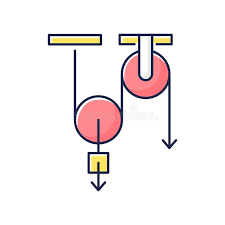
Mechanics
Motion is a common phenomenon in our daily experience. It is an important element in physics where students learn to describe how objects move and investigate why objects move in the way that they do. In this topic, the fundamentals of mechanics in kinematics and dynamics are introduced, and the foundation for describing motion with physics terminology is laid. Various types of graphical representation of motion are studied. Students learn how to analyse different forms of motion and solve simple problems relating to uniformly accelerated motion. They also learn about motion in one or two dimensions and rules governing the motion of objects on Earth.
The concept of inertia and its relation to Newton’s First Law of motion are covered. Simple addition and resolution of forces are used to illustrate the vector properties of forces. Free-body diagrams are used to work out the net force acting on a body. Newton’s Second Law of motion, which relates the acceleration of an object to the net force, is examined. The concepts of mass, weight and gravitational force are introduced. Newton’s Third Law of motion is related to the nature of forces. The study of motion is extended to two dimensions, including projectile motion and circular motion which lead to an investigation of gravitation.
Work is a process of energy transfer. The concepts of mechanical work done and energy transfer are examined and used in the derivation of kinetic energy and gravitational potential energy. Conservation of energy in a closed system is a fundamental concept in physics. The treatment of energy conversion is used to illustrate the law of conservation of energy, and the concept of power is also introduced. Students learn how to compute quantities such as momentum and energy in examples involving collisions. The relationship among the change in the momentum of a body, impact time and impact force is emphasised.
What are you waiting for?
Let's contact our tutor Ben Sir
 DSE Ben Sir
DSE Ben Sir